An Analysis of Promoting Positive Behaviour in Health and Social Care
VerifiedAdded on 2023/03/21
|10
|690
|78
Report
AI Summary
This report provides an overview of promoting positive behaviour within the context of health and social care. It begins by outlining relevant legislation, including the Mental Health Act 1983, the Mental Capacity Act 2005, and the Human Rights Act 1998, emphasizing their role in safeguarding individuals' rights and ensuring appropriate care. The report then delves into the importance of employing least interventions, highlighting their role in restoring self-control and preventing harm, as well as the necessity of safeguards, policies, and risk assessments when using interventions. Furthermore, the report categorizes and describes various types of challenging behaviours, such as self-injurious, aggressive, stereotyped, and non-person directed behaviours. The report concludes with a list of references, offering further reading on the subject.
1 out of 10
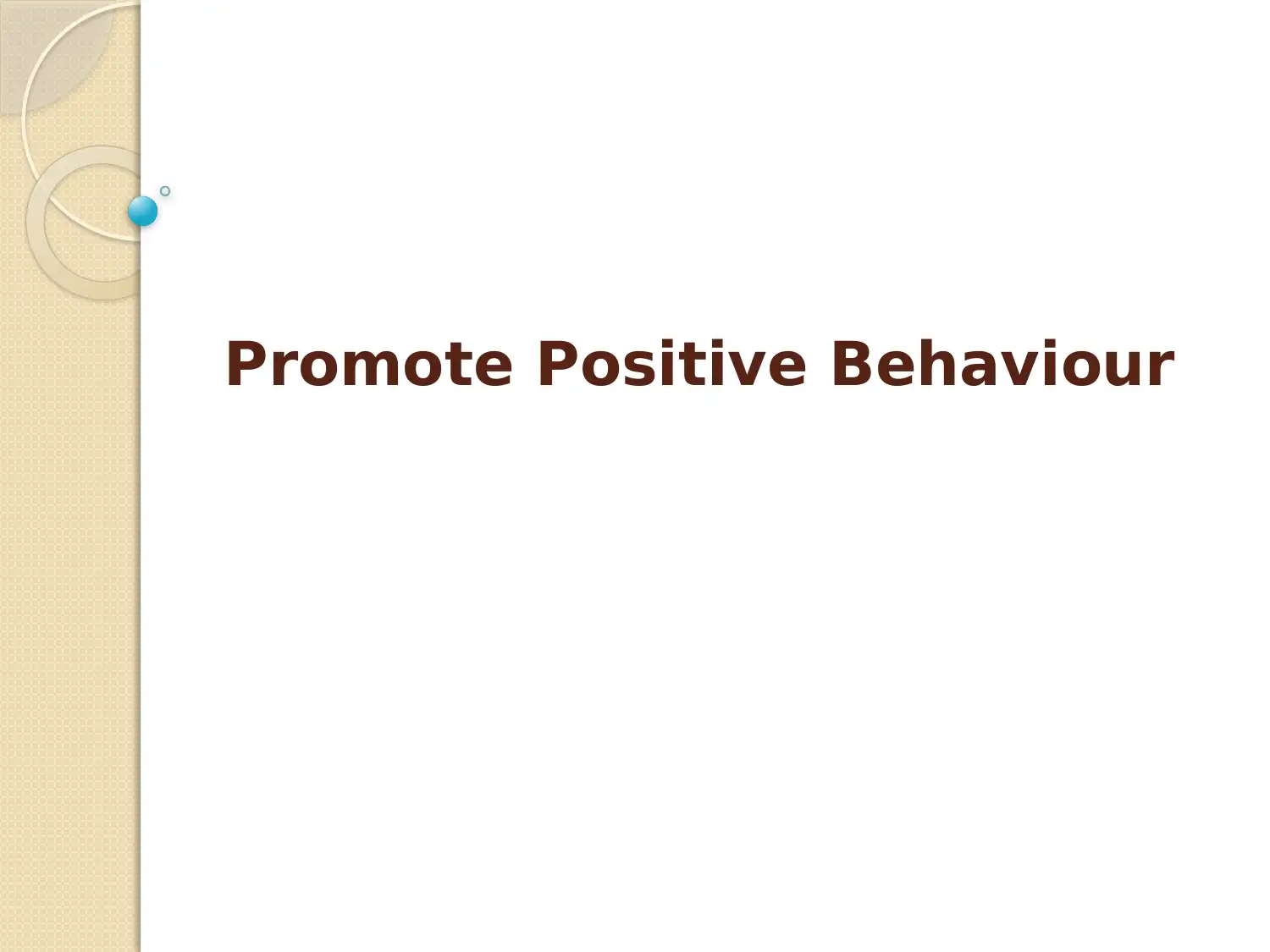
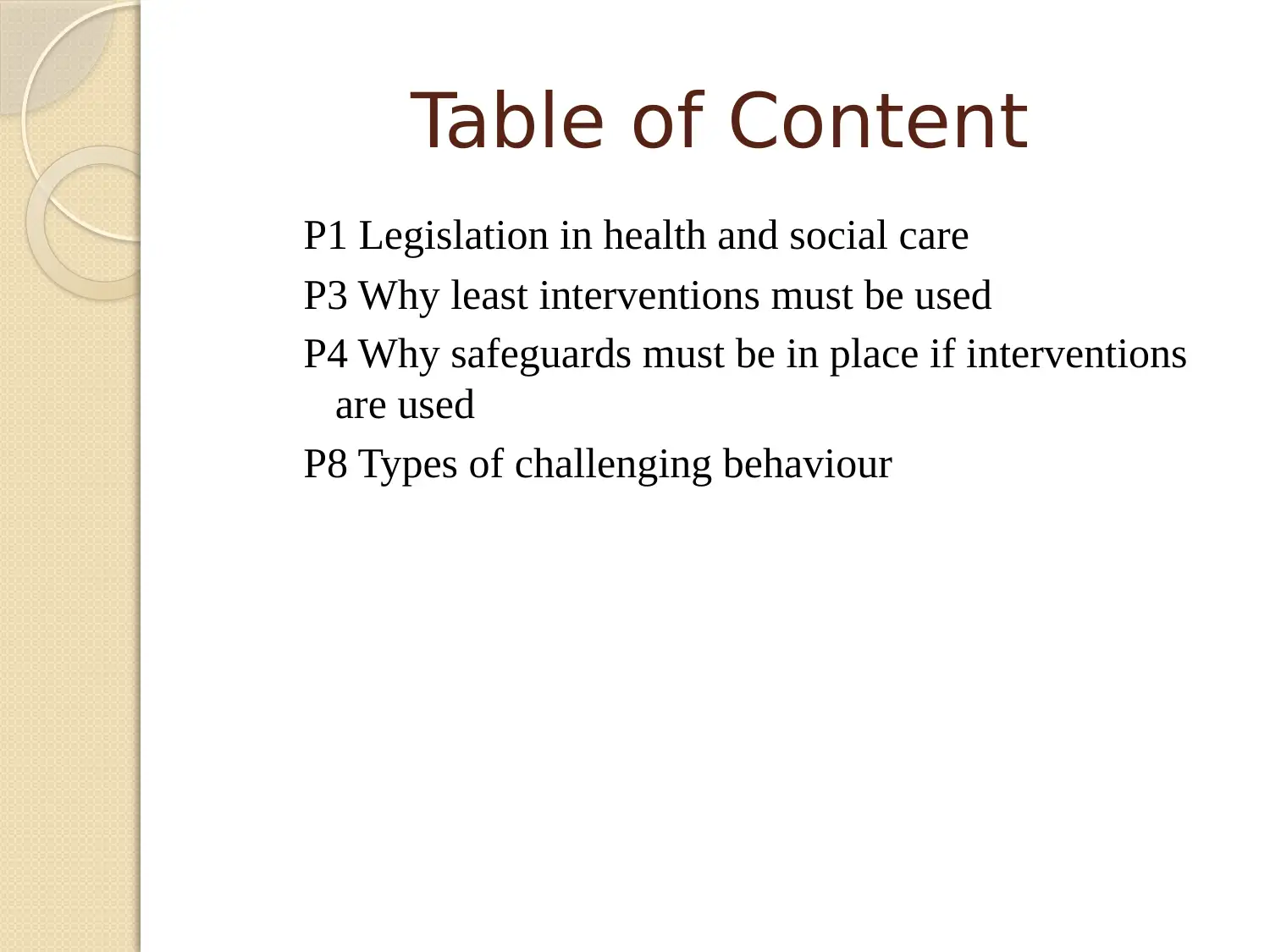
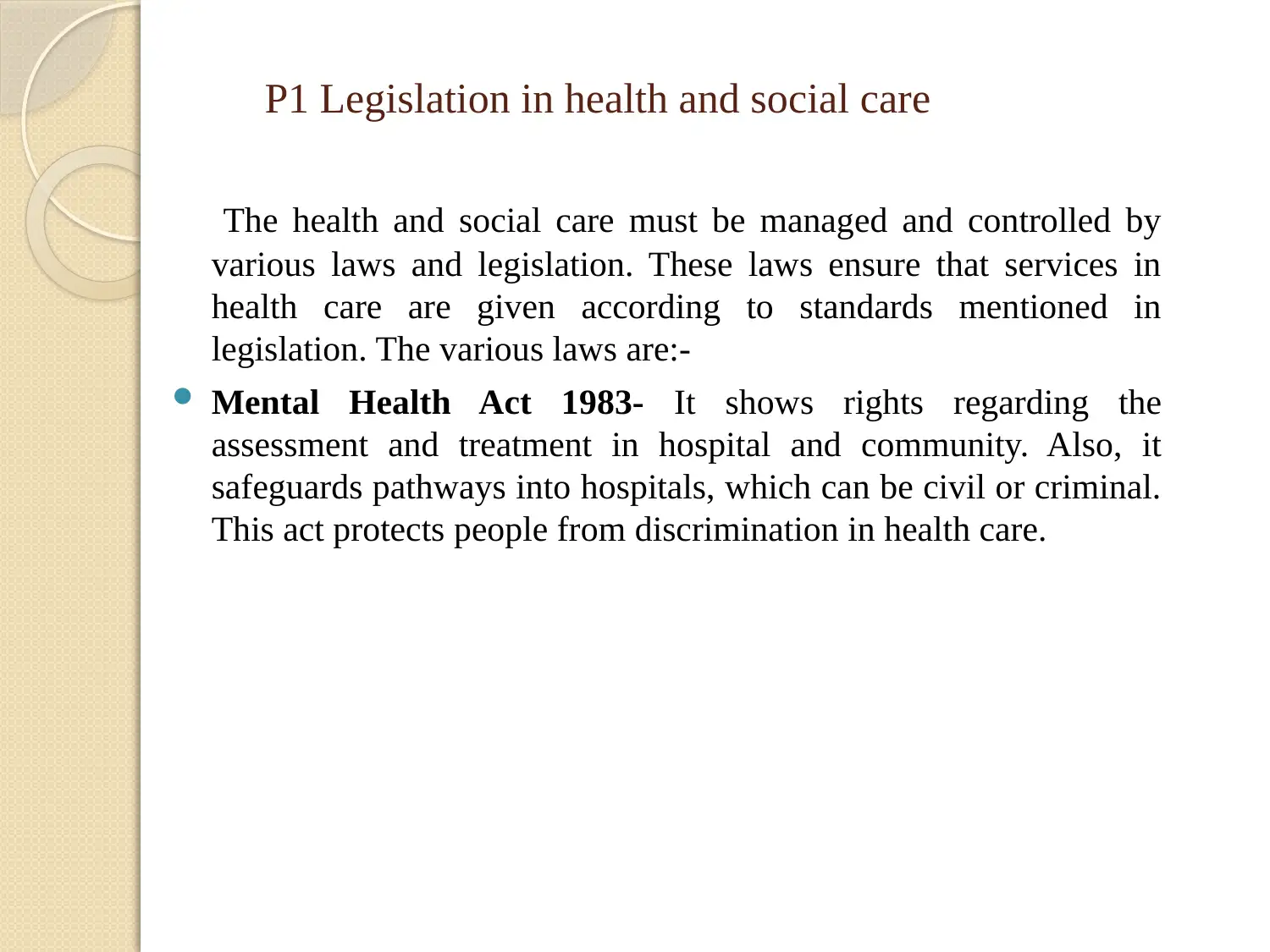

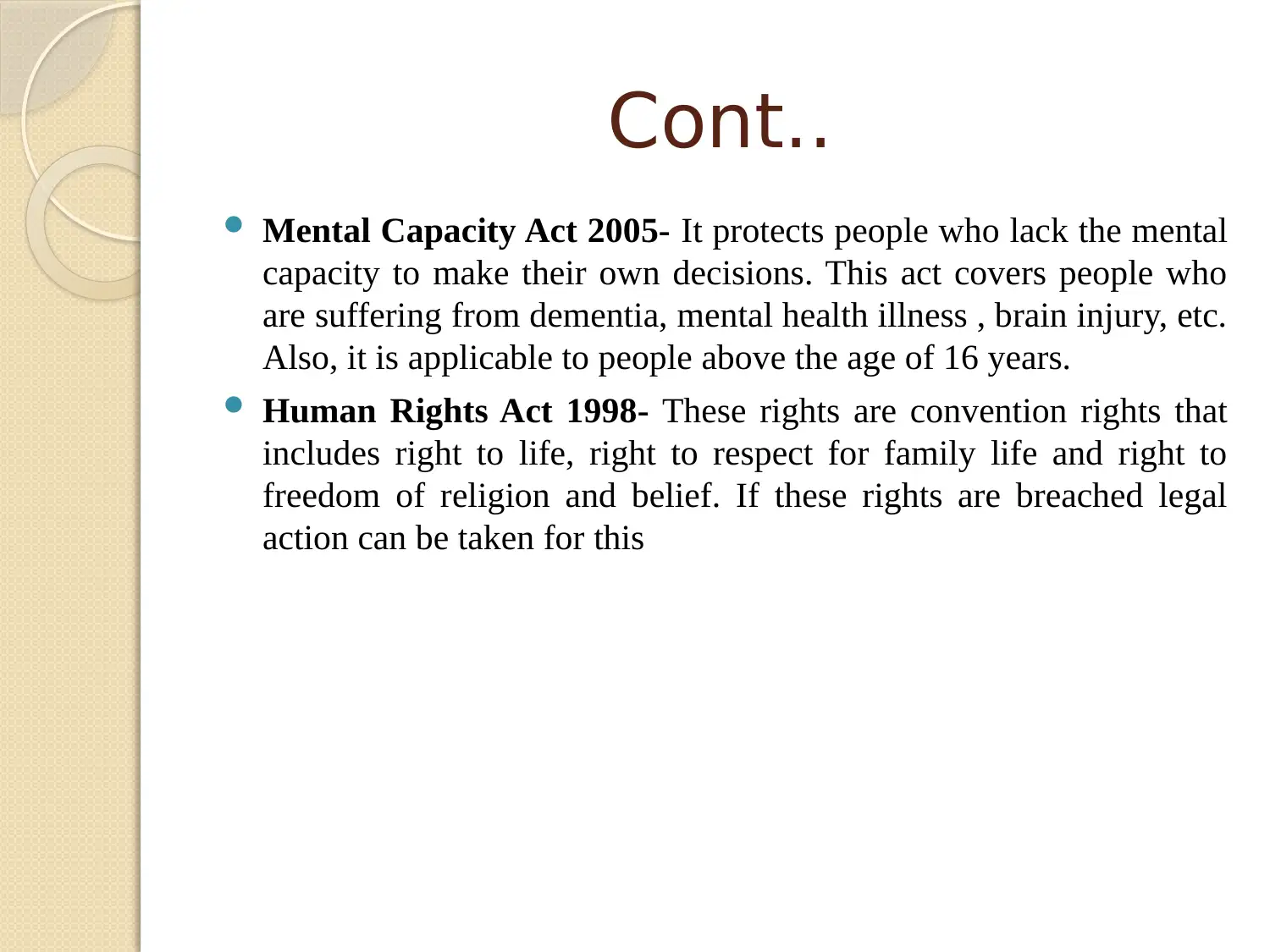
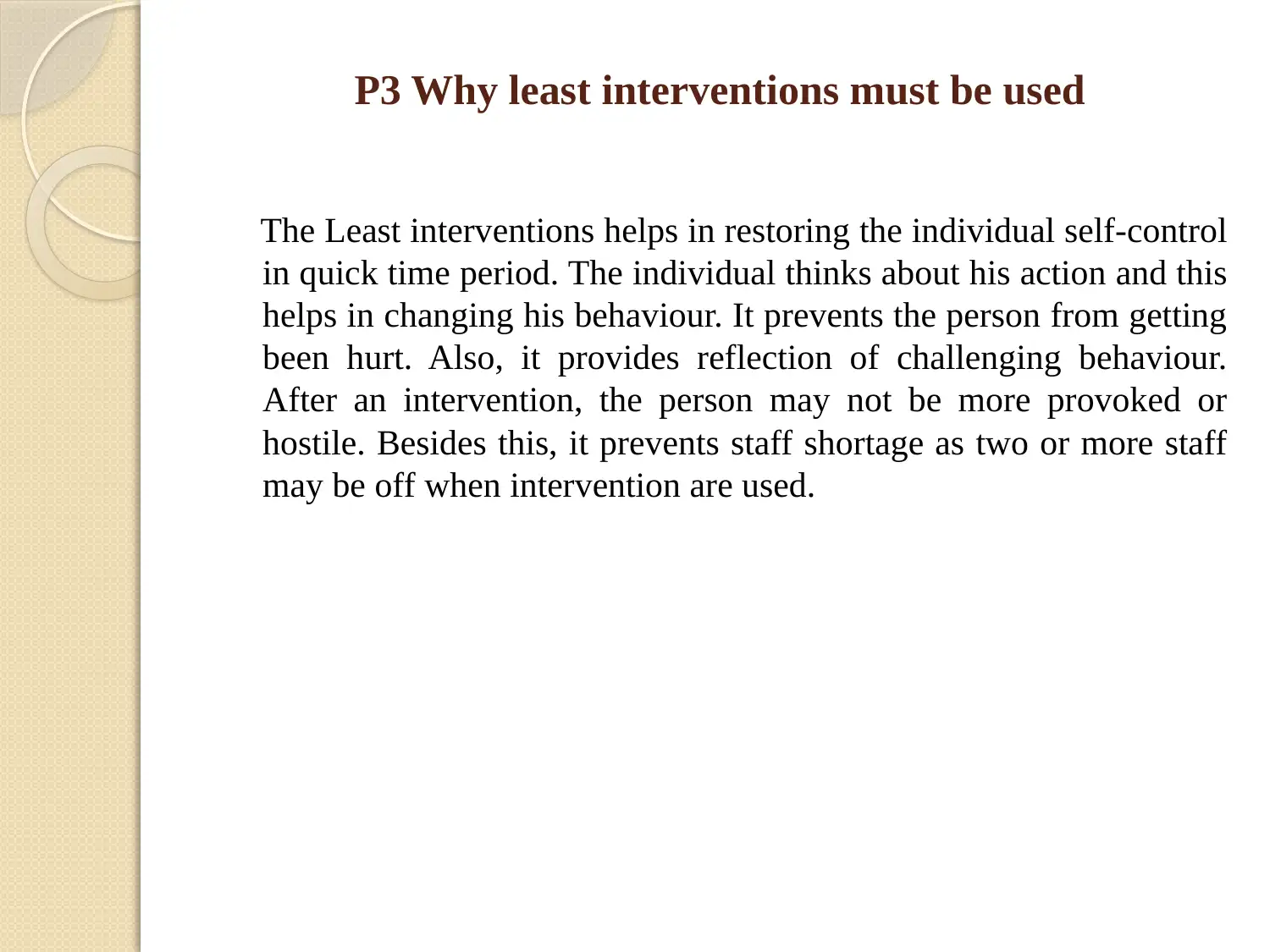
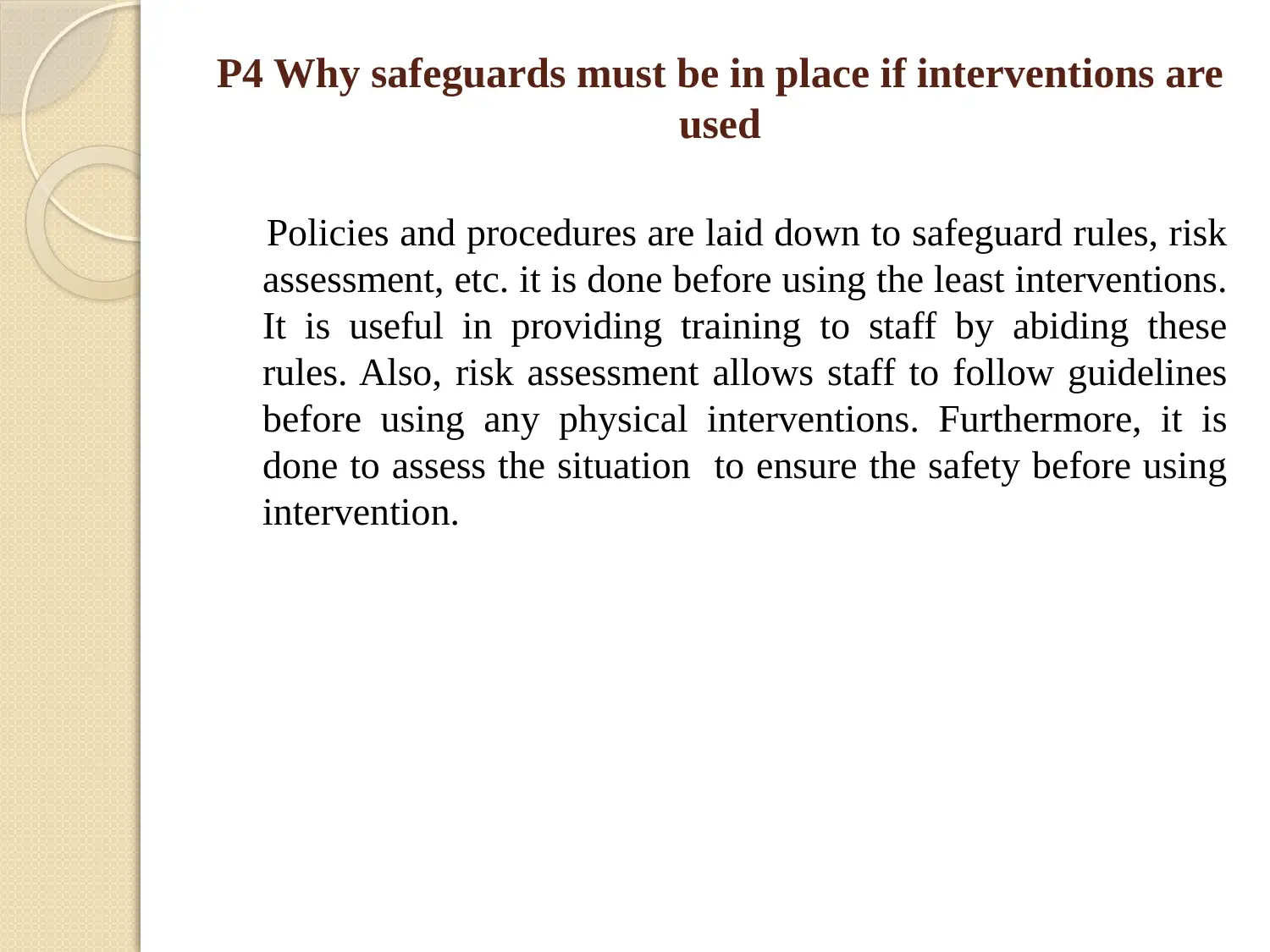
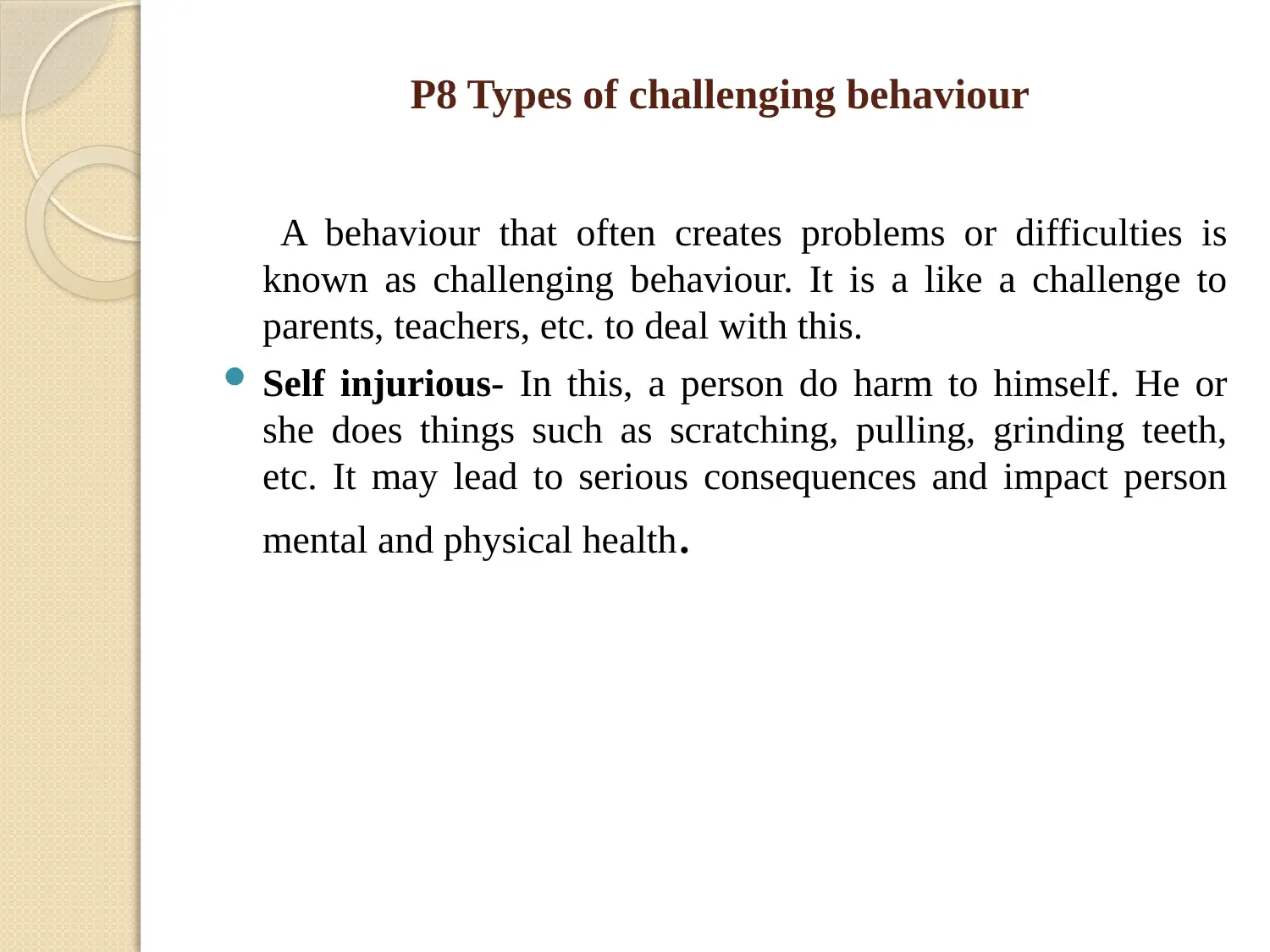
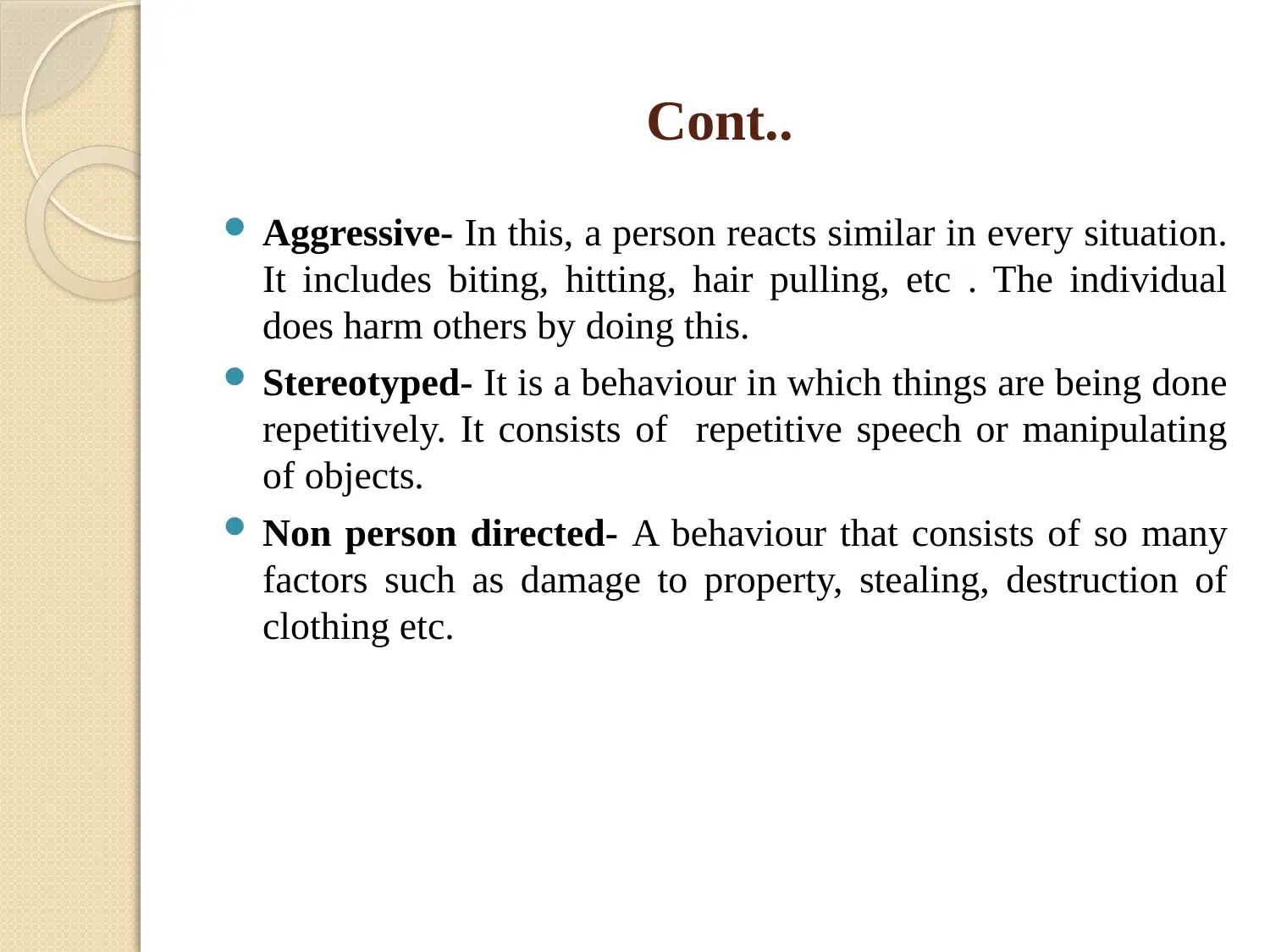
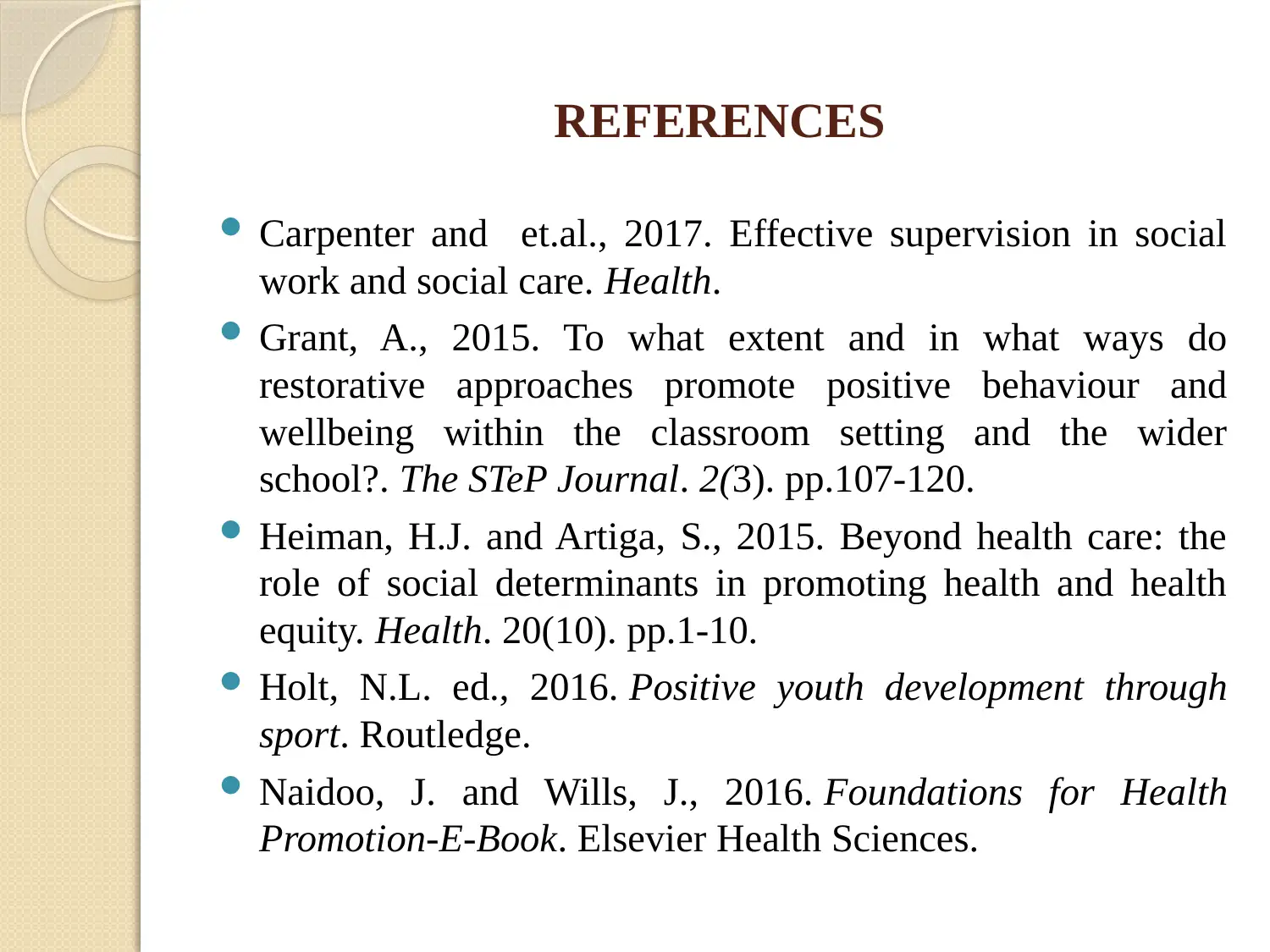







![[object Object]](/_next/static/media/star-bottom.7253800d.svg)